Server-Online
137-1337-5955
13713375955
In the work of vacuum ion coating equipment, different gases are used to produce the liquid gas, and the color of the liquid gas will also be different. Argon is generally used to create a coating environment. When plating titanium and chromium, the industrial gas can be filled with nitrogen to produce silver and chromium. If you want to produce black or gray products for yellow products, you need to add acetylene gas and oxygen to produce blue products. In addition to gas, the color of the product produced is also affected by conditions such as pressure, temperature, and time.
What is the principle of gas utilization in vacuum plating evaporation?
Under the condition of high vacuum, the high-purity coating metal (such as aluminum) will freely fly away and settle on the surface of the workpiece after being evaporated at high temperature, forming a coating. Argon is a protective gas to prevent the oxidation reaction from affecting the coating quality.
What is the use of argon gas in the electroplating process?
Argon does not participate in the reaction, but only increases the air pressure to improve the discharge conditions of the target during coating. Argon is not used for coating, but is mainly used to create a coating environment. Both nitrogen and argon are inert gases. After rushing in, one can exclude oxygen and prevent oxidation. Second, the content ratio of nitrogen and argon in the diffusion pump is different, and different colors can be coated. The main purpose is to change the coating. The color of the product.
In the vacuum coating industry, how to control the flow rate of argon gas?
If it is the gas used to adjust the pressure during coating, I think it is as follows: if argon is only used to adjust the pressure, the primary pressure can be ignored, but the secondary pressure should be less than 0.5 atmospheres. The same is true for nitrogen, mainly because if it is too large, the pressure in the vacuum chamber will change too drastically, resulting in errors. If the ion source is used, the argon gas intake volume should not be too large, which will lead to excessive ion volume and burn out components. Pressure is no different than above.
Any solid material will dissolve and absorb some gas in the atmospheric environment, and when the material is placed in a vacuum state, it will outgas due to desorption and analysis. The rate of outgassing is directly proportional to the gas content in the material. Different materials analyze different gas components, as well as the temperature and time of analysis.
Various pumps have different pumping rates for gases with different components. When vacuuming, the atmosphere in the container is first pumped out (this part of the gas is quickly pumped out, and the gas in the furnace is basically exhausted at 10-1Pa), and then the gas desorbed on the surface of the material diffuses out from the inside of the material to the surface The gas, and the gas that penetrates into the vacuum through the wall. Therefore, after the goods enter the furnace, insulation and degassing must be carried out, because the goods will absorb some impurity gases before entering the furnace, and we need to heat them properly. Gas analysis desorbs the surface of the product. Taking stainless steel as an example, in addition to the gas adsorbed on its surface, some gases will be precipitated inside the steel during the continuous heating and heat preservation process. The existence of these gases often has a greater impact on the purity and color of the film, and the film layer Adhesion is also greatly affected.
Therefore, when the vacuum coating machine is coating, the quality of the film layer and the gas play a key role, which is an indispensable step in the coating process.
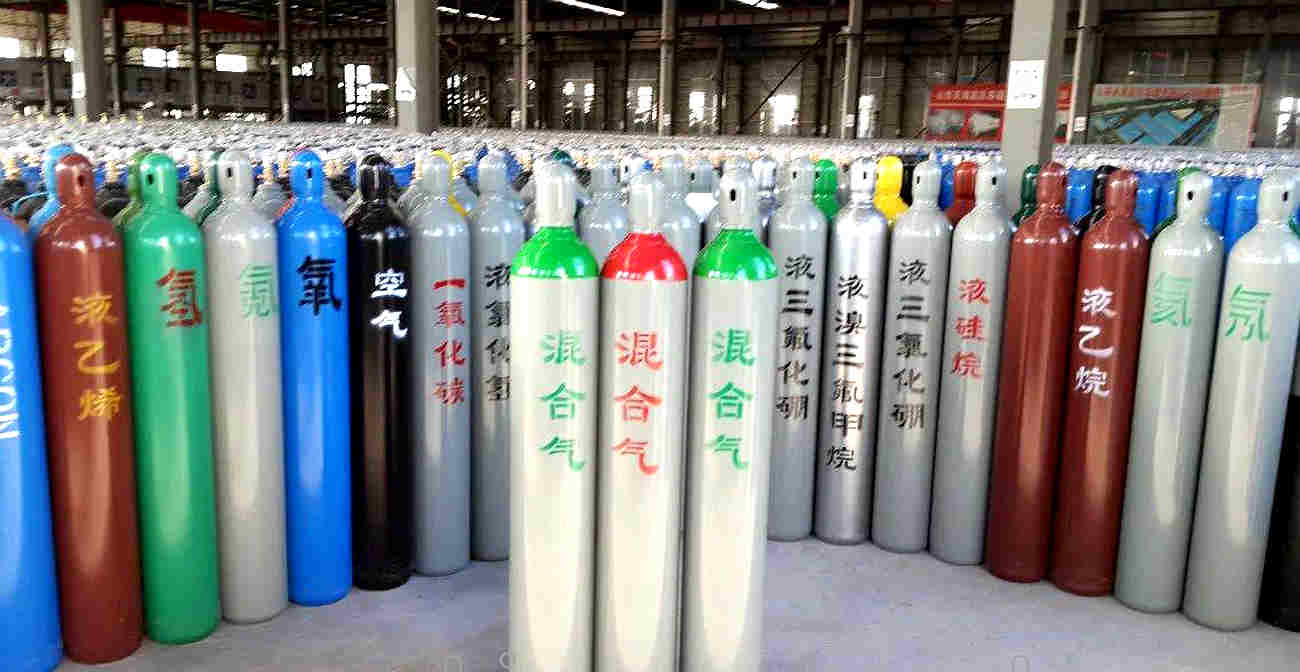
PVD coating commonly used configuration::
The biggest difference between the color film layer and the conventional color film layer is the C value and H value, so it can be said that black is also a color film layer.
Zirconium + nitrogen: yellow-green to golden yellow
Zirconium + methane: dark light black
Zirconium + oxygen: white, transparent film
Zirconium + nitrogen + methane: gold, imitation rose gold
Chromium + methane: dark light black
Chromium + Nitrogen: light black
Chromium + nitrogen + methane: silver gray
Chromium + oxygen: light yellow, purple, green
SUS+Oxygen: Purple
SUS + nitrogen: blue
SUS+methane: bright black
SUS+methane+nitrogen: blue-black
Silicon + Nitrogen: Black
Silicon + oxygen: cloudy white, transparent film
Silicon + methane: yellow, green, blue, black (only black can be adjusted if the target purity is higher than 99%)
Titanium + Oxygen: The optical film is colorful and cut, and you can understand it without much introduction.
Titanium + methane: deep and light black (DLC preparation cannot meet the standard)
Titanium + nitrogen: Imitation gold, brass, purple, red
Titanium + nitrogen + methane: imitation rose gold, black green, vintage yellow, brown, purple
Tungsten + nitrogen: brownish yellow
Tungsten + methane: deep and light black
Tungsten + oxygen: purple, bright yellow, brown, blue
The above are only common materials for decorative films and their common gases. Usually, methane and acetylene can be used interchangeably, but methane is better for some colors. In addition to the above commonly used materials,
Metal targets also include nickel, aluminum, tantalum, hafnium, manganese, copper, zinc, indium, tin, etc., all of which are used in coating. Multi-quality targets such as titanium-aluminum, chromium-aluminum, titanium-zirconium, copper-manganese, nickel-chromium, silicon-aluminum, vanadium-rhenium, tungsten-molybdenum, etc.
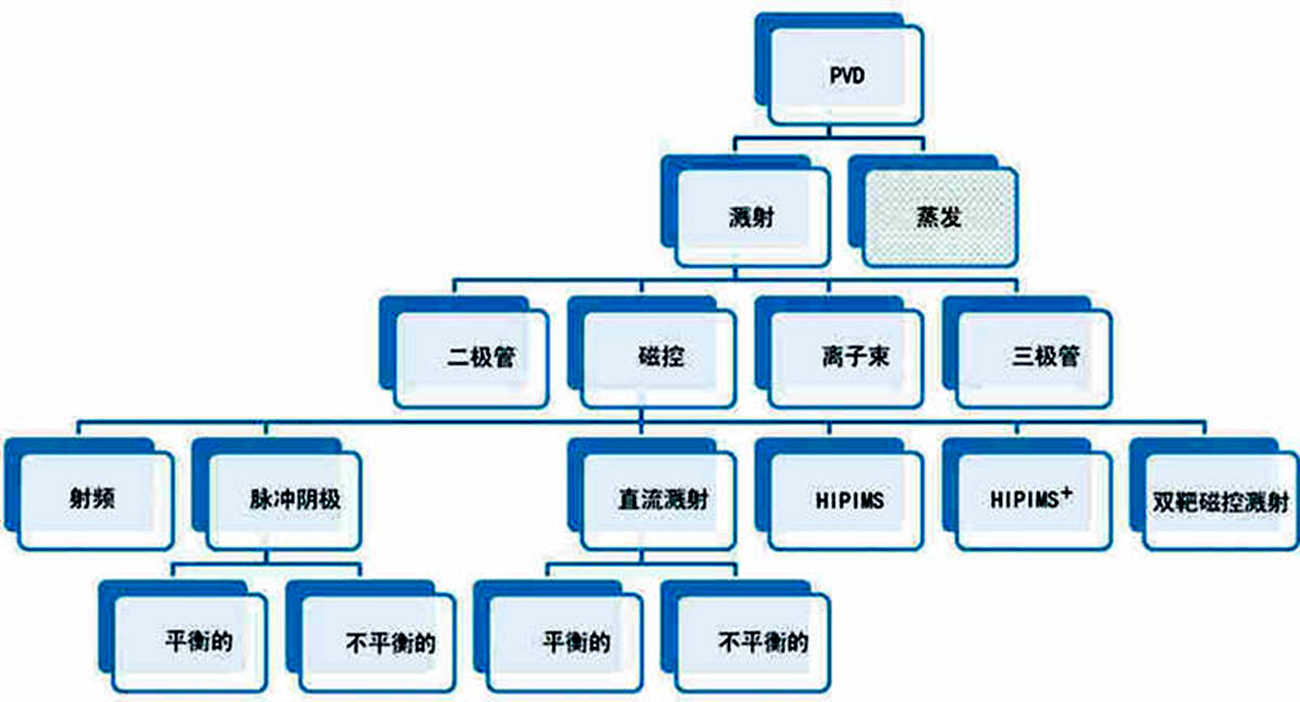
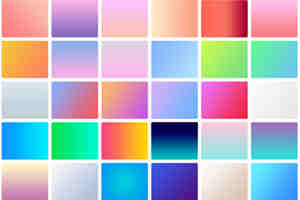 How does the vacuum coating equipment technology make gradient colors?
2023-03-03
How does the vacuum coating equipment technology make gradient colors?
2023-03-03
Standing at the forefront of market and consumer requirements, bold design can be invincible. Vacuum coating equipment processing gradient color can be said to be a popular color this year. Since the Huawei P20 was sold, everyone has confirmed that gradient color has been a design trend in the past two years.
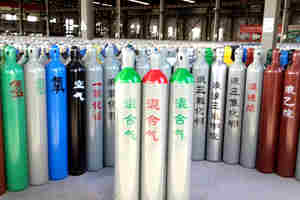 Why use high-purity gas in vacuum coating
2023-03-03
Why use high-purity gas in vacuum coating
2023-03-03
After high-purity coating metal (such as aluminum) is evaporated at high temperature, it will freely fly away and settle on the surface of the workpiece to form a coating. Argon is a protective gas to prevent the oxidation reaction from affecting the coating quality. In the work of vacuum ion coating equipment, the color of liquid gas will be different when different gases are selected.
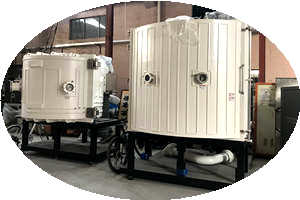 Dingyi Technology takes you to understand the composition and structure of the vacuum coating machine
2023-03-03
Dingyi Technology takes you to understand the composition and structure of the vacuum coating machine
2023-03-03
With the progress of society, vacuum coating machine technology is also changing with each passing day. Optical coating technology, winding coating technology, decorative coating technology, and magnetron coating technology have already been put into market use in large quantities to meet the current market demand.
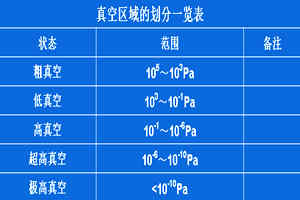 Encyclopedia of various vacuum pump technologies, a must-read for vacuum coating equipment engineers
2023-03-03
Encyclopedia of various vacuum pump technologies, a must-read for vacuum coating equipment engineers
2023-03-03
A vacuum pump is a device that uses various methods to generate, improve and maintain vacuum in a closed space. A vacuum pump can be defined as a device or device that uses mechanical, physical, chemical or physicochemical methods to evacuate the evacuated container to obtain a vacuum.
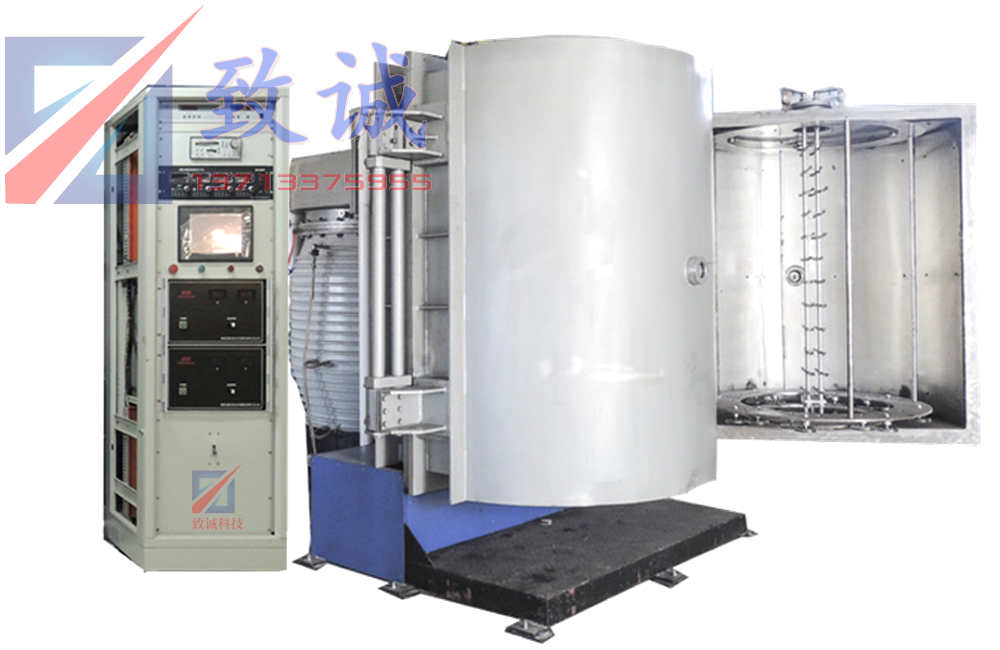
Vertical double-door-high vacuum evaporation coating machine
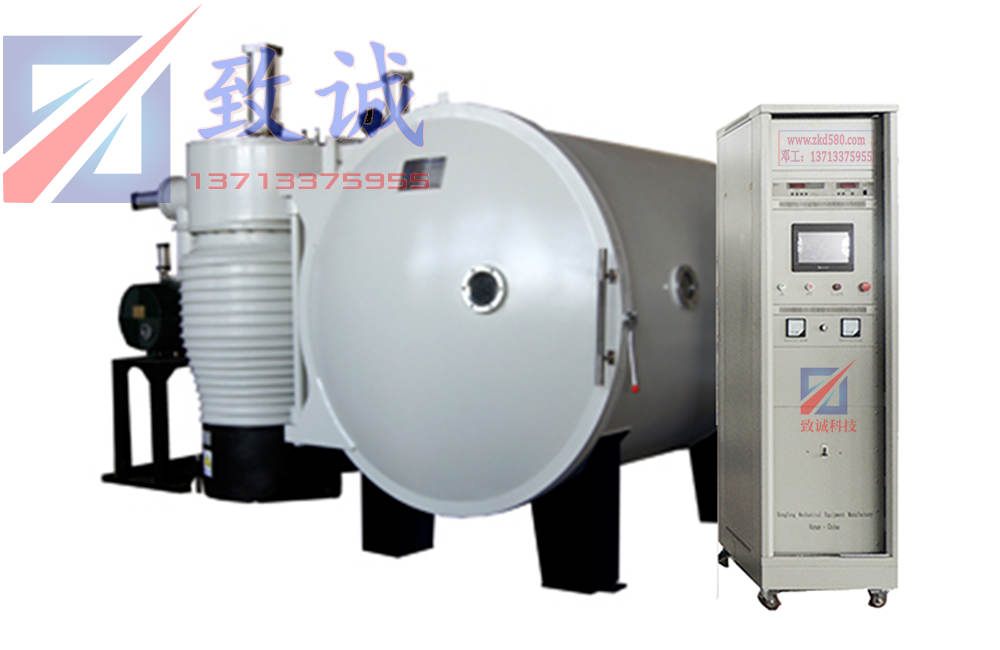
Horizontal evaporation coating machine
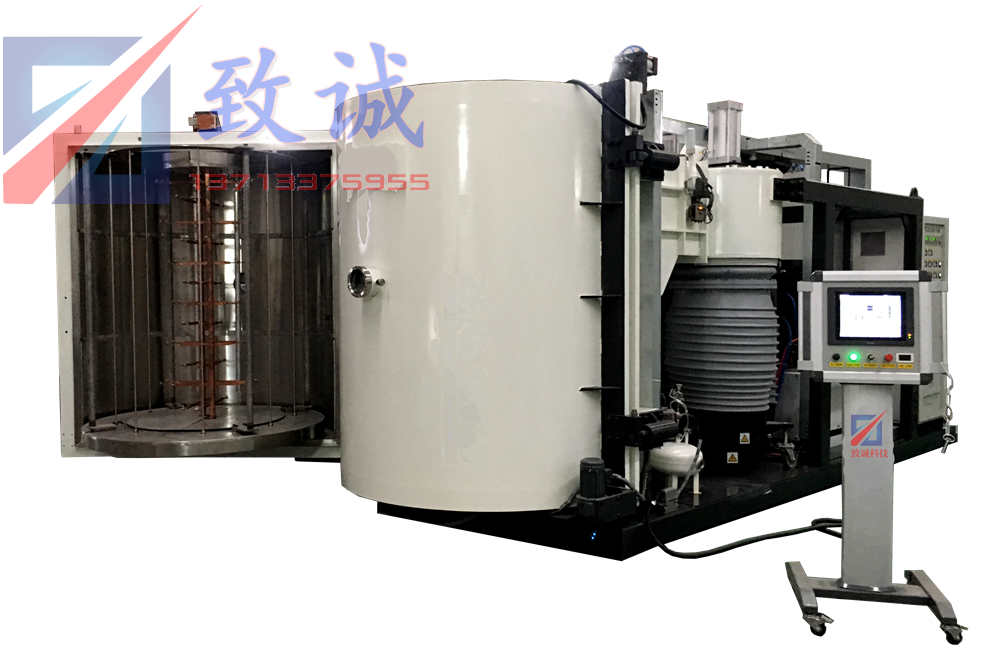
Vacuum coating machine for lamps
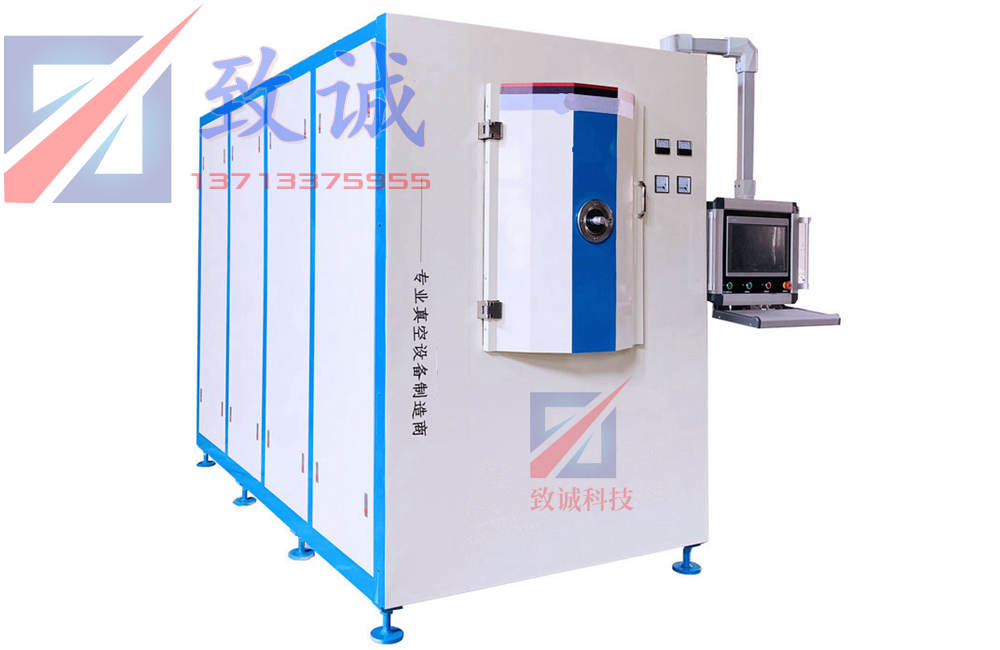
AF anti-fingerprint coating machine
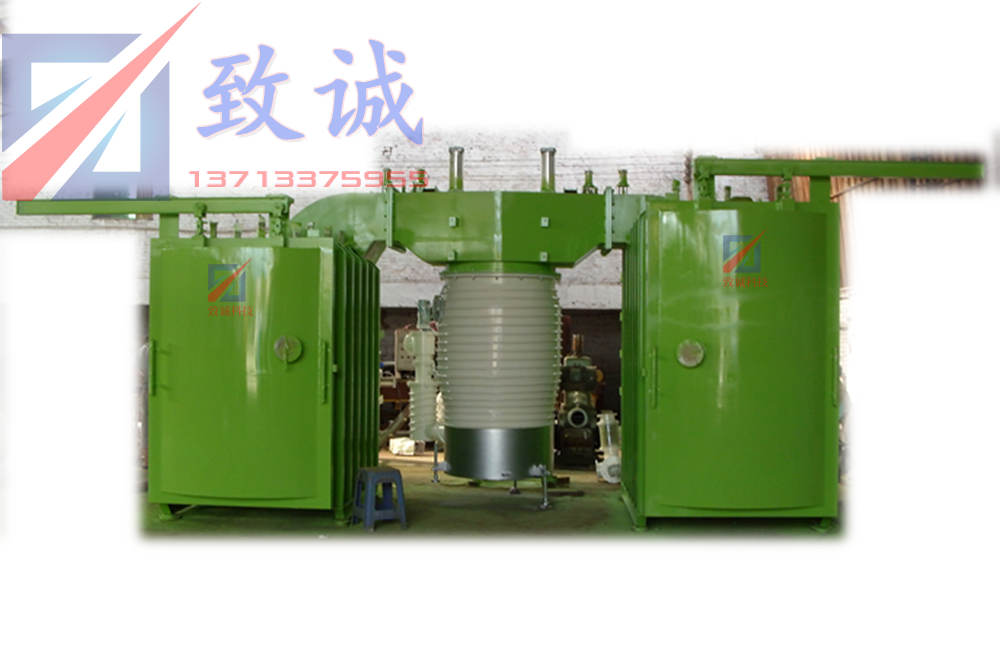
PVD aluminum mirror coating machine
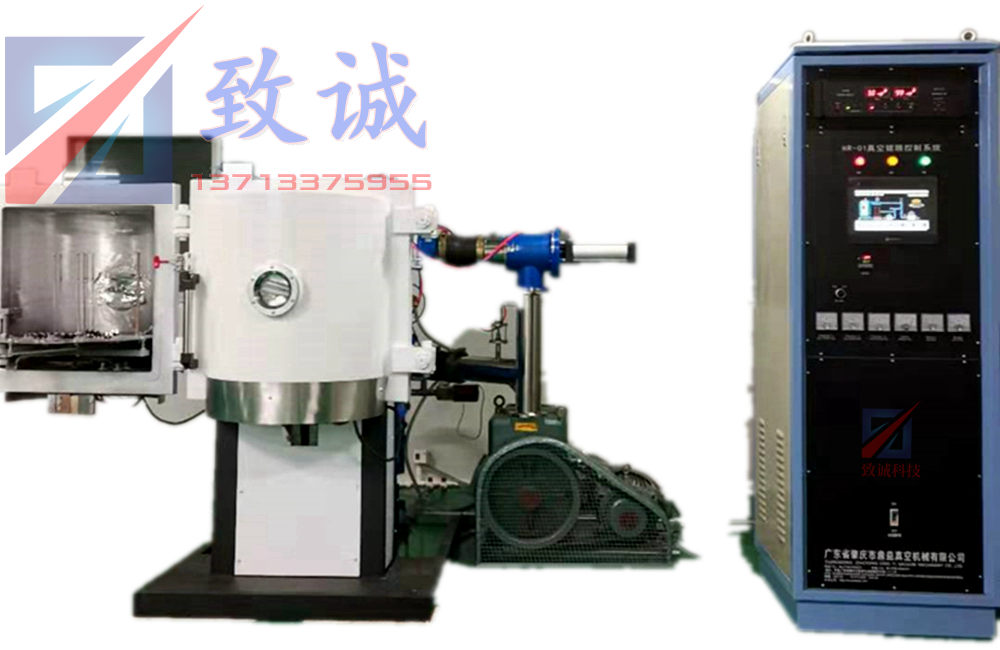
Vacuum internal plating equipment - evaporation coating machine - plastic/glass lampshade
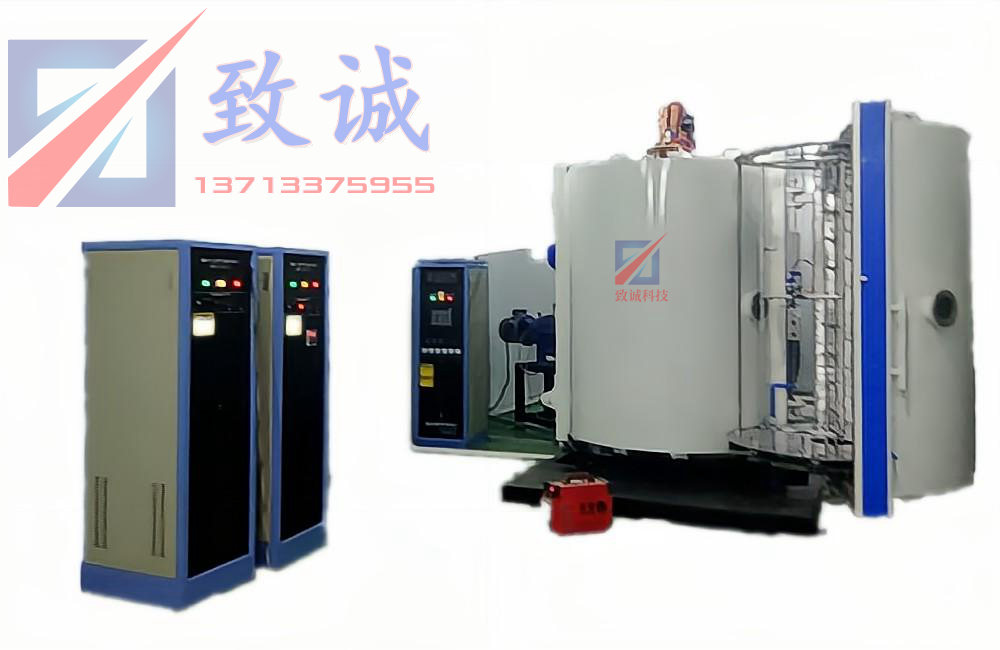
Magnetic control evaporation dual-purpose coating machine
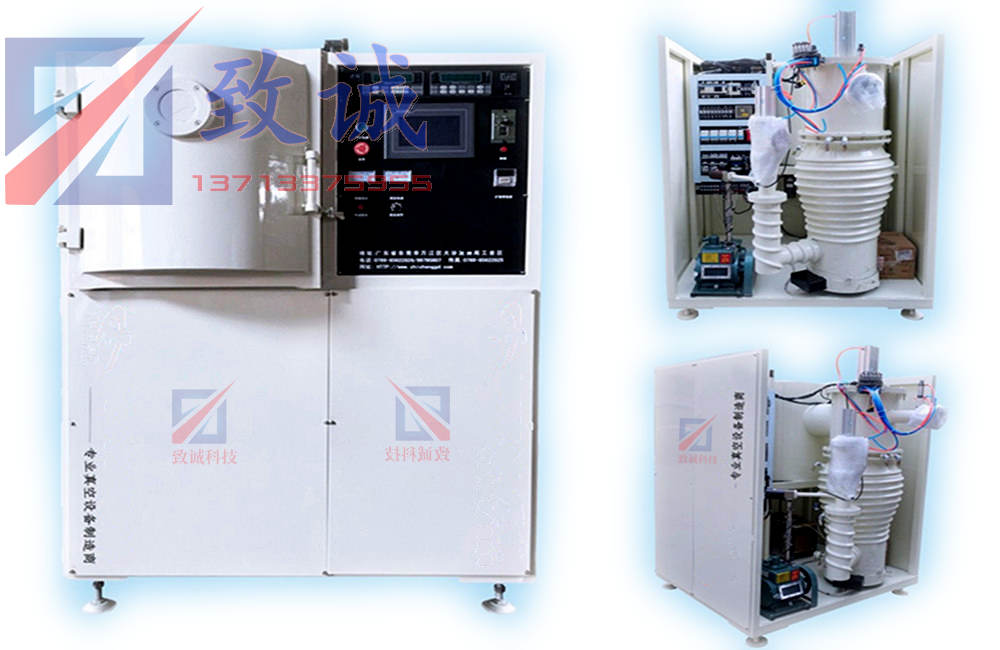
Laboratory coating equipment
Dongguan City, Guangdong Province, China
+86 137-1337-5955
+86 13713375955 (Mr. Deng)
dgzhicheng@gmail.com
Copyright © 2022 Dongguan Zhicheng Technology Co., Ltd.